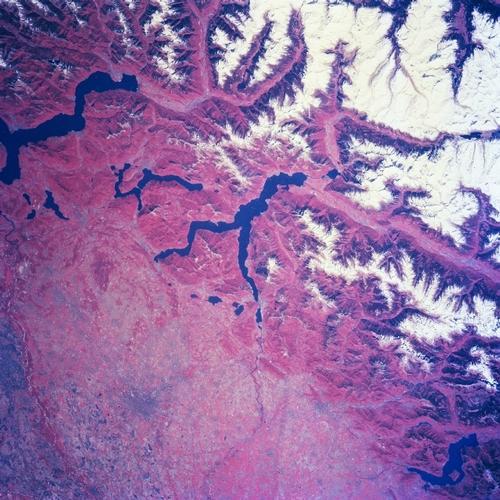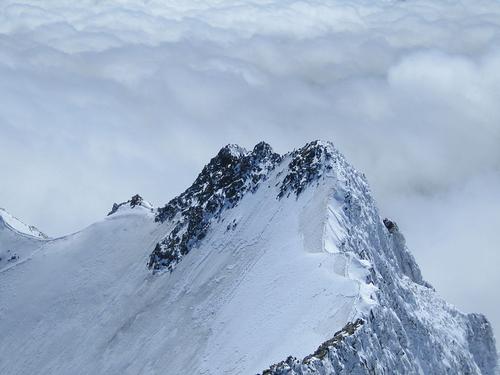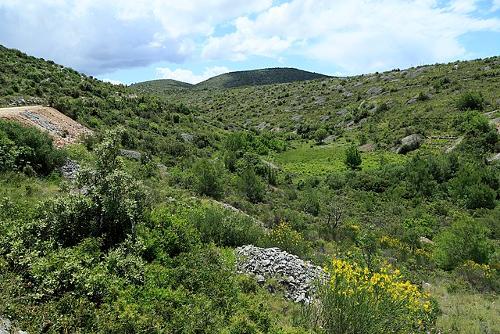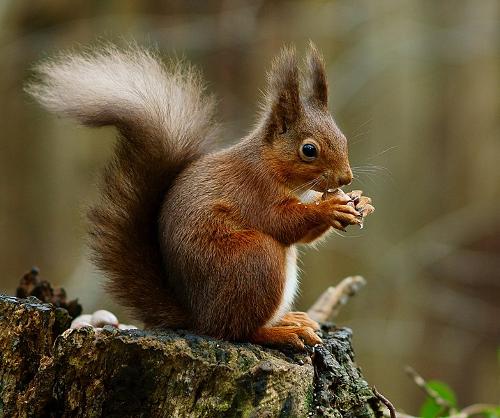LOMBARDY
Geography and Landscape

Geography and Landscape
| Basic information | |
| Official language | Italian |
| Capital | Milan |
| Area | 23.861 km² |
| Population | 9,966,992 (2021) |
| Currency | euro (EUR) |
| Web | .it |
| Code. | ITA |
| Tel. | +39 |

Popular destinations ITALY
| Campania | Lombardy | Sardinia |
| Sicily | Tuscany | Umbria |
| Veneto |
Geography and Landscape
Geography
Lombardy (Italian: Lombardia) is a region in Italy between Lake Maggiore and Lake Garda to the north and the River Po to the south. The capital of the region is Milan. The region is 24,000 km².

There are 11 provinces in Lombardy, Bergamo, Brescia, Como, Cremona, Lecco, Lodi, Milan, Mantua / Mantova, Monza and Brianza, Pavia, Sondrio and Varese. It includes a hilly district with the most important Italian lakes, from the eastern slope of Lake Maggiore to the lakes of Varese, lseo, Como and the northern part of Lake Garda.
Landscape
Lombardy can be divided into three landscape parts:
The Po Valley
The largest lowland area of the Italian peninsula. This is the most densely populated and industrialised part of the region, where the biggest cities Milan, Brescia and Bergamo are located.
The Lakes
Practically all of the large northern Italian lakes are in Lombardy (with the exception of Lake Orta). The lakes are the main tourist attractions of the region. Especially Lake Garda and Lake Maggiore attract many thousands of tourists every year.
The Alps
The region boasts some of the highest peaks of the Alps, such as Piz Bernina (4049 m) and La Spelda or Spalla (4020 m). The two most important Lombard Alpine valleys are the Valtellina and the Val Camonica. A large part of the mountain range has been declared a protected area.
 La Spelda, LombardyPhoto: Jean0604 CC 3.0 Unported no changes made
La Spelda, LombardyPhoto: Jean0604 CC 3.0 Unported no changes made
Climate and Weather
Lombardy has a largely Mediterranean climate, like much of Italy. This means that the region is characterised by mild winters and long, hot and dry summers. The winter temperature will be around 15 degrees Celsius, which rises to over 30 degrees in the summer. The Alps provide a sheltered location for the lake area. The Po Valley has characteristics of a continental climate.
Plants and Animals
Plants
 Macchia landscape LombardyPhoto: Falk2 CC 3.0 Germany no changes made
Macchia landscape LombardyPhoto: Falk2 CC 3.0 Germany no changes made
The vegetation in the Mediterranean lowlands and hills is green in winter, flowers in April and May, and scorches in summer. The original vegetation, now almost completely gone, is an evergreen deciduous forest of holm oaks. In its place dominates the macchia, a formation of evergreen dense and thorny shrubs and dwarf shrubs, including wild olives, oleander, laurel, myrtle, holm oak, gorse and cork oak.
Animals
 Squirrel, LombardyPhoto: Peter Trimming CC 2.0 no changes made
Squirrel, LombardyPhoto: Peter Trimming CC 2.0 no changes made
The animal world in Northern Italy is a mixture of Central European and Mediterranean species. Especially in the Po Valley, nature parks still give an impression of the original fauna. Mammals you will find there include: squirrels, deer, wild boars, hares, badgers and weasels. There are also many water birds such as ducks, coots and herons. Birds of prey such as falcons, buzzards and owls are also present. Furthermore, there are blackbirds, woodpeckers, nightingales and robins.
In the rivers, there are carp, tench and trout.
Sources
Wikipedia
CIA - World Factbook
BBC - Country Profiles
Copyright: Team The World of Info